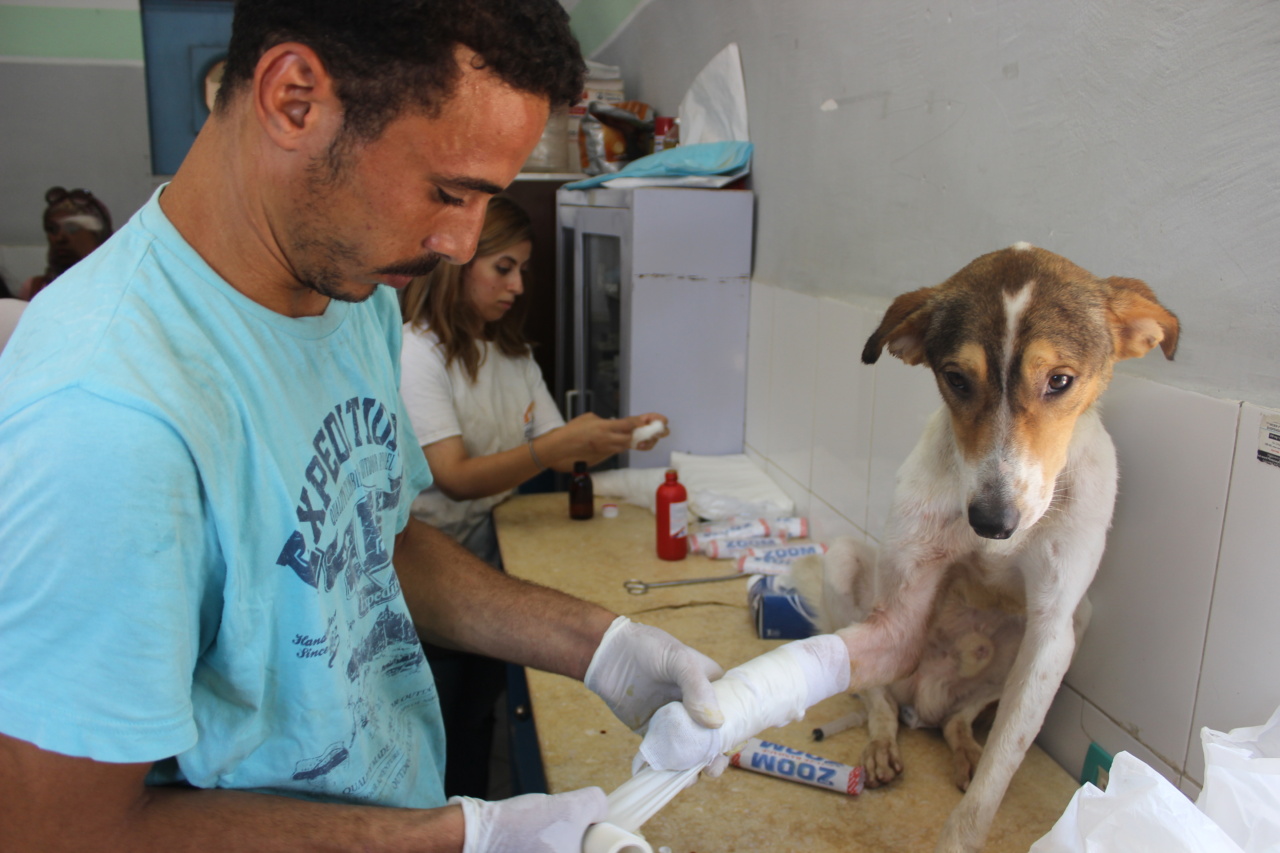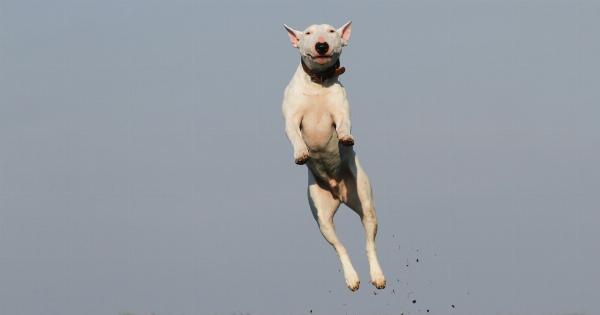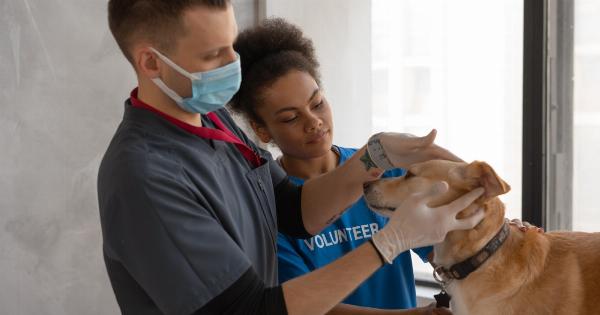Many people think of dogs as happy-go-lucky creatures who are fearless and always ready to play. However, just like humans, dogs can experience various fears and phobias that can greatly affect their well-being.
It is important for dog owners to understand these phobias, identify their causes, and seek appropriate treatment to help their canine companions overcome their fears and live a happier, healthier life.
Understanding Canine Phobias
A phobia is an intense and irrational fear of a specific object, situation, or stimulus.
Dogs can develop phobias for a wide range of reasons, including traumatic experiences, lack of socialization, genetic predisposition, or even a combination of these factors. Common phobias in dogs include fear of thunderstorms, fireworks, loud noises, strangers, other animals, car rides, and veterinary visits.
Identifying Signs of Phobia in Dogs
Recognizing the signs of phobia in dogs is crucial for timely intervention. Some common indications that a dog may be experiencing a phobia include:.
1. Excessive Panting and Drooling: Dogs may exhibit heavy panting and excessive drooling when they are fearful or anxious.
2. Trembling or Shaking: Unexplained trembling or shaking can be an indication that your dog is experiencing intense fear.
3. Destructive Behavior: Dogs may resort to destructive behavior such as chewing on furniture, digging, or scratching in an attempt to cope with their fear.
4. Hiding or Seeking Shelter: Dogs with phobias may try to hide in confined spaces, under furniture, or in other sheltered areas.
5. Excessive Barking or Whining: Intense fear can cause dogs to become vocal, resulting in excessive barking or whining.
6. Attempting to Escape: Dogs may try to escape or flee from the source of their fear, which can be dangerous if they are not properly contained.
7. Loss of Appetite: Fear and anxiety can lead to a decreased appetite and even weight loss in some dogs.
8. Pacing: Restlessness, pacing, and an inability to relax are common signs of fear and anxiety in dogs.
9. Excessive Licking or Chewing: Dogs may excessively lick, chew, or groom themselves as a coping mechanism for their fear.
10. Changes in Body Language: Dogs with phobias may exhibit changes in body posture, such as crouching, tucking their tail between their legs, or flattening their ears against their head.
Managing Canine Phobias
While it may not be possible to completely eliminate a dog’s phobia, there are several strategies and treatments that can help manage and lessen the impact of the fear. Here are some approaches to consider:.
1. Desensitization and Counterconditioning: This technique involves gradually exposing the dog to the feared stimulus in a controlled and positive manner, rewarding them for calm behavior.
Over time, the dog associates the previously feared stimulus with positive experiences, reducing their fear response.
2. Medications: In severe cases, medication prescribed by a veterinarian may be necessary to help dogs cope with their phobias.
Anti-anxiety medications and sedatives can be used to alleviate anxiety symptoms and make the dog more receptive to behavior modification techniques.
3. Creating a Safe Space: Providing a designated safe space or den for your dog can help them feel secure during times of stress or fear.
This could be a crate, a specific room, or a comfortable corner with their favorite toys and blankets.
4. Avoidance and Management: Whenever possible, avoid exposing your dog to their specific phobia trigger.
For example, if your dog is fearful of thunderstorms, create a calm and quiet environment indoors during storms and provide distractions to redirect their focus.
5. Professional Help and Training: Working with a professional dog trainer or behaviorist experienced in dealing with phobias can provide invaluable guidance and support.
They can develop a customized behavior modification plan to address your dog’s specific fears.
Preventing Phobias in Dogs
While not all phobias can be prevented, there are steps dog owners can take to minimize the likelihood of their furry friends developing intense fears:.
1. Proper Socialization: Expose your dog to a variety of people, animals, sounds, and environments from a young age. This helps them become more adaptable and less likely to develop anxieties or phobias later in life.
2. Positive Reinforcement Training: Reward-based training methods promote positive associations and boost a dog’s confidence, making them less susceptible to developing phobias.
3. Stay Calm: Dogs are highly perceptive and can pick up on their owner’s emotions. Maintaining a calm demeanor during potentially fearful situations can help reassure and comfort your dog.
4. Gradual Exposure: When introducing your dog to new experiences or potentially fearful stimuli, do so gradually and in a controlled manner. This allows them to adjust at their own pace and build positive associations.
5. Early Intervention: If you notice signs of fear or anxiety in your dog, address them promptly. Early intervention can prevent the development of phobias and help your dog overcome their fears more easily.
Conclusion
Phobias in dogs can significantly impact their quality of life and overall well-being.
By recognizing the signs of phobia, seeking appropriate treatment, and implementing preventive measures, dog owners can help their canine companions lead happier, fear-free lives. Remember, each dog is unique, and a customized approach to treatment and management is essential in addressing their specific fears and anxieties.





























